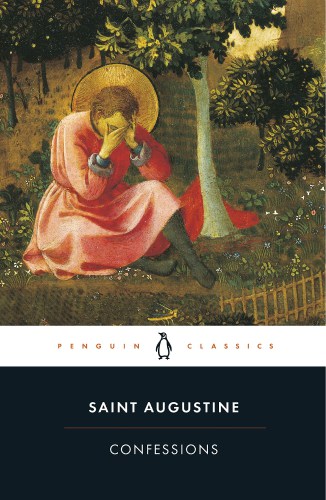The ethical expression for what Abraham meant to do is that he meant to murder Isaac; the religious expression is that he meant to sacrifice Isaac – but precisely in this contradiction is the anxiety that can make a person sleepless, and yet without this anxiety Abraham is not who he is.
Søren Kierkegaard
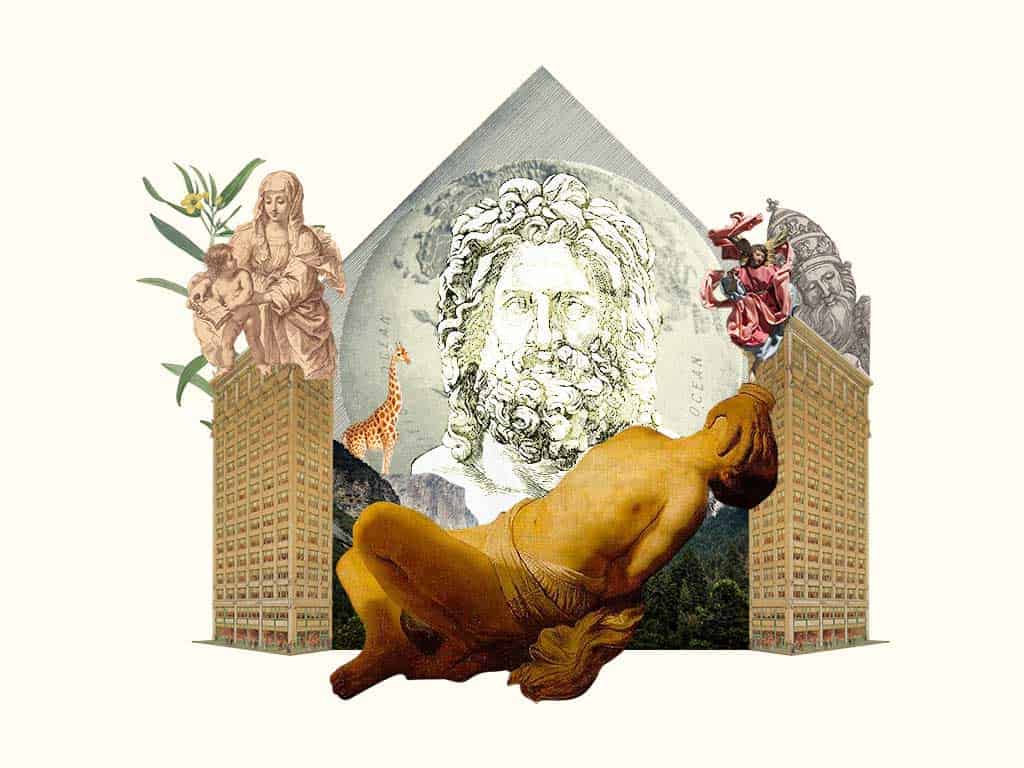
Fear & Trembling
Søren Kierkegaard
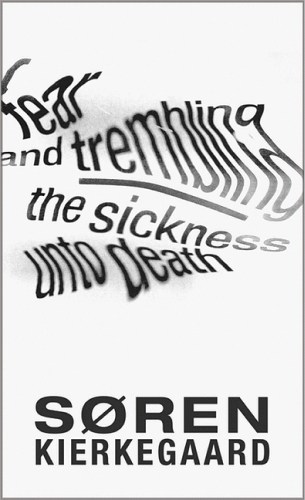
This translation, from which quotes here are taken, is published by Princeton University Press, ISBN 0-691-02025-4
The standard edition is the reliable and expertly edited translation by Howard and Edna Hong. It is available for free online here:
It straddles disciplines – philosophy, theology, ethics, literature – and is experimental in its literary form.
Like many of Kierkegaard’s works, Fear and Trembling was published under a pseudonym: in this case, Johannes de Silentio, or “John of Silence.” It straddles disciplines – philosophy, theology, ethics, literature – and is experimental in its literary form. Overall, the short work is a reflection on the nature of faith through the story in Genesis 22 in which Abraham is ordered by God to kill his beloved son Isaac. Johannes retells the story four times in succession, each time offering a different attempt to understand how Abraham could have responded to God’s command, and after each includes a short analogy comparing the story to the situation of a mother weaning a child from the breast. Then, Johannes continues with a Eulogy praising the incomprehensible greatness of Abraham. The final four parts are a “Preliminary Expectoration” considering faith, and three problems that the story Abraham and the binding of Isaac presents for the reader. The language used for the first problem will be unfamiliar to students, but all three of the problems will be questions that would occur to any attentive reader of this story. 1) Is there a Teleological Suspension of the Ethical? (That is, can it be right to transgress ethical precepts in the service of a greater end?) 2) Is there an Absolute Duty to God? And 3) Was it Ethically Defensible for Abraham to Conceal his Undertaking from Sarah, from Eliezer, and from Isaac?
Why This Text is Transformative?
If I am to be a person of faith, what should be my relationship to the finite – to other people, and to this world?
Many students will be at least passingly familiar with the Biblical story at the heart of Fear and Trembling, and for those who aren’t, the passage in Genesis is short enough easily to be presented or even read aloud in the classroom. Part of the impact of Kierkegaard’s work comes from the fact that although the story is not new, most readers avoid allowing themselves fully to consider the horror of what God has demanded and to contemplate the questions raised – specifically questions about faith. What does it mean to have faith in a God that would make such a terrible and incomprehensible demand? The text prods students to dwell with this question in many different forms, through the story of Abraham and a variety of other interesting characters such as “The Knight of Infinite Resignation” and “The Knight of Faith.” What IS faith? Is it admirable, or even possible? What is the relationship between faith and reason? Between faith and ethics? Between faith and love? If I am to be a person of faith, what should be my relationship to the finite – to other people, and to this world? These are questions with which many students are likely to have wrestled at some point in their lives.
A Focused Selection
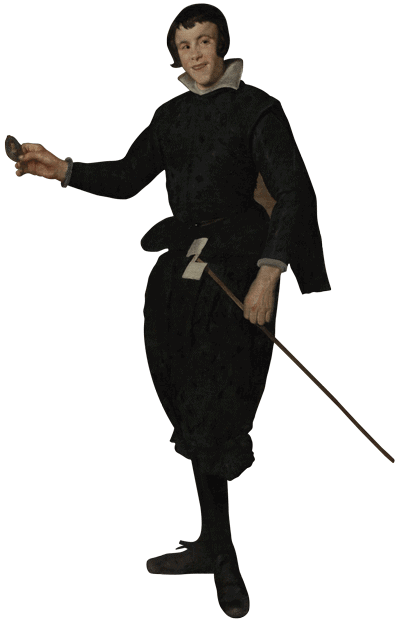
Kierkegaard uses a variety of images to help us make the distinction between what he understands to be faith and other conditions of the soul that are in some way related to faith – especially between Faith and Infinite Resignation. At paragraph 92 (Hong, p. 41) begins a story of a “young lad” who falls in love with an unattainable princess. Kierkegaard describes the psychological process by which the young man without ceasing to love resigns himself to the unattainability of his love. He “infinitely renounces the love that is the substance of his life, he is reconciled in pain.”(p. 42) He is the Knight of Infinite Resignation. But then, he may make another movement, in which he “acknowledges the impossibility and in the very same moment he believes the absurd.” This cannot happen prior to the stage of infinite resignation, and “Precisely because infinite resignation is antecedent, faith is no esthetic emotion but something far higher; it is not the spontaneous inclination of the heart, but the paradox of existence.” (p.47) In doing so, the young man becomes the Knight of Faith. This story is parallel to that of Abraham, who not only is able to resign himself to killing Isaac but (even more astoundingly, for Kierkegaard) is able after that darkest of moments of resignation to receive him back with joy. Comparing these two stories give students something to return to as they reflect upon resignation and the paradox of faith.
Study Questions
1) Do you think of yourself as a person of faith? What do you mean by “faith” when you answer this question for yourself? Is it different from “belief?”
2) For Kierkegaard, faith is supremely difficult. “For my part, I presumably can describe the movements of faith, but I can not make them.” (p. 37) Do you agree? Do you think faith is easier or more difficult for different types of people, or in differing situations, or is the problem something that transcends these particularities?
3) Have you even been in a situation in which the demands of faith seemed to be in conflict with the demand of ethics and/or reason? How did you, or how would you, resolve such a situation?
4) Kierkegaard talks about the difficulty, in our interactions with others, of discerning the difference between the Knight of Faith and someone who simply accepts the world complacently. Do you think there are “Knights of Faith” as Kierkegaard describes them?
Building Bridges
Kierkegaard himself makes the connection between the story of Abraham and his reflections on it in this text, and another story of a father who sacrifices a child: Agamemnon’s sacrifice of Iphigenia, in order to obtain favorable winds so that his fleet can set sail for Troy. For Kierkegaard “The difference between the tragic hero and Abraham is very obvious. The tragic hero is still within the ethical.” (p 59) Putting the two stories side by side is certain to generate discussion. Additionally, of course, there are clear bridges between this text and any that dwells on the nature of faith. An especially interesting comparison can be made to St. Augustine’s Confessions. As Augustine recounts his coming to faith, his intellectual acceptance of the truth of the Christian message precedes by some time the moment in the garden, described in book 8, when he is finally converted. What interior movement has Augustine made? How might you compare it to the movement that takes one to the stage of the Knight of Infinite Resignation, or beyond that to the Knight of Faith?
Supplemental Resources
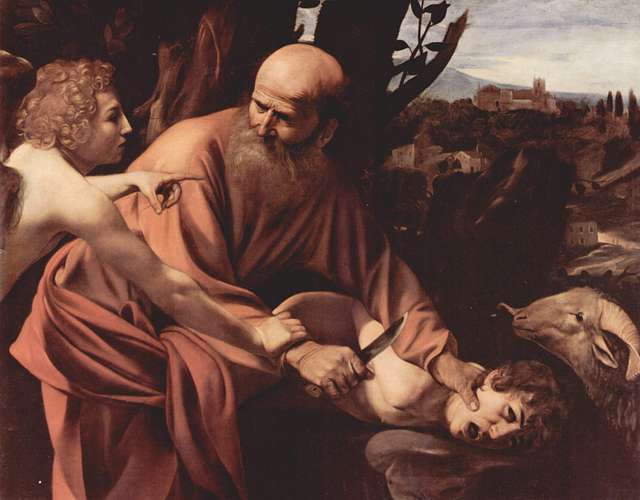
There are many well-know artistic depictions of the Binding of Isaac. These make interesting additions to a discussion, and the comparison of two in which the attitude of Abraham or Isaac are differently portrayed can, like the different telling of the story at the beginning of Fear and Trembling, provoke good discussion.
If you were depicting this moment visually, what would you try to get across? There is an excellent web-site with information about Kierkegaard’s life, including pictures of him, his family, and his fiancée, and commentary on all his works, at this link:
Text Mapping
Discipline Mapping
Pyschology
Humanities
Philosophy & Religion
Page Contributor


